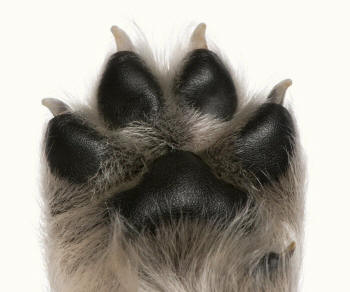Glossary
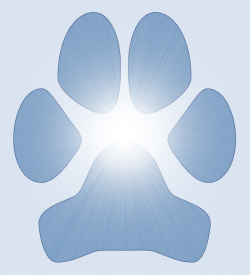
Gait
The pattern of movement of animals during (terrestrial) locomotion.
Gaits used by cats and dogs include the walk, the amble, the pace, the trot, the canter and the gallop.
Gaits used by cats and dogs include the walk, the amble, the pace, the trot, the canter and the gallop.
Fault
A characteristic of a pet that deviates from the breed standard.
Breed standards specify characteristics that are undesirable, some being disqualifying faults.
Breed standards specify characteristics that are undesirable, some being disqualifying faults.
Foot
The distal part of a limb that bears weight, and facilitates locomotion and manipulation.
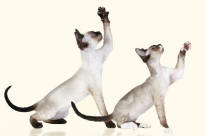

Carpal
The bones of the carpus, which is the human
wrist or its equivalent in other animals.
Located between the ulna and radius and the metacarpal bones.
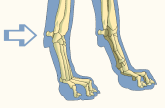
Located between the ulna and radius and the metacarpal bones.

Tarsals
The bones of the tarsus, which is the human
ankle or its equivalent in other animals.
Located between the tibia and fibula and the metatarsal bones.
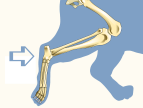
Located between the tibia and fibula and the metatarsal bones.

Flatfoot
A foot that does not have sufficiently prominent arch.
There is insufficient angulation of toes and pads are insubstantial.
There is insufficient angulation of toes and pads are insubstantial.
Pastern
The metacarpal region of the forelimb or the metatarsal region of the hind limb.
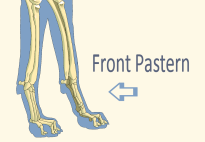

Angulation
The angles formed by bones meeting at a joint when the animal is standing at rest.
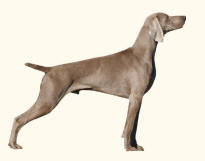

Toe
A digit of a foot.
Toes are named and identified by Roman numerals.
In a pentadactyl (five-fingered or five-toed) arrangement, the most medial digit, if present, is I (e.g. the human thumb) and the most lateral is V (e.g. the human little finger).
Toes are named and identified by Roman numerals.
In a pentadactyl (five-fingered or five-toed) arrangement, the most medial digit, if present, is I (e.g. the human thumb) and the most lateral is V (e.g. the human little finger).






